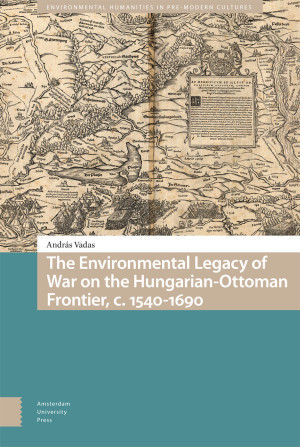This book is the first monographic attempt to follow the environmental changes that took place in the frontier zone of the Ottoman Empire and the Kingdom of Hungary in the sixteenth and seventeenth centuries. On the one hand, it looks at how the Ottoman–Hungarian wars affected the landscapes of the Carpathian Basin – specifically, the frontier zone. On the other hand, it examines how the environment was used in the military tactics of the opposing realms. By taking into consideration both perspectives, this book intends to pursue the dynamic interplay between war, environment, and local society in the early modern period.

